Charleston, SC
Our first visit to Charleston and the Palmetto state
2/4/20242 min read
What better destination than Charleston when you're in the throes of a Pacific NW winter? From dark, cloudy, and 43 to light, partly sunny, and 73...Our itinerary was compact - arriving Thursday at dinner time and departing Sunday at dinner time (or so we thought). We stayed at The Pinch - a really interesting boutique hotel with 24 rooms, each with a full kitchen, laundry, and location right on King St. in the shopping and historic district. The food scene was very vegan friendly and wonderful - some of the best we've had anywhere.
The architecture, gardens, and alleyways were charming. Visiting Ft. Sumter was super interesting. Departing from Gadsden's Warf affords the opportunity to learn more about the plight of enslaved people in Charleston. Walking east bay past rainbow row to the battery was lovely. Between the Citadel and College of Charleston the area has a young, active energy. We also ventured out of downtown south to Folly Beach and McLeod plantation and then up river to the Magnolia plantation. Fascinating!
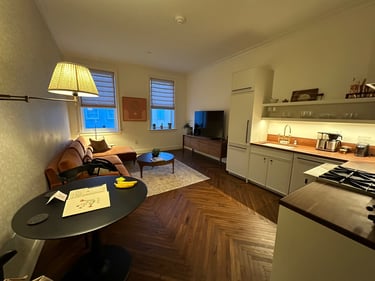
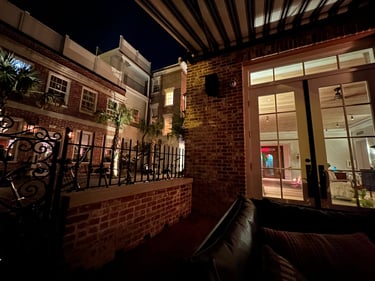
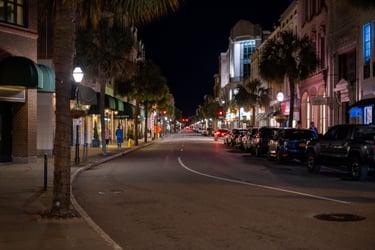
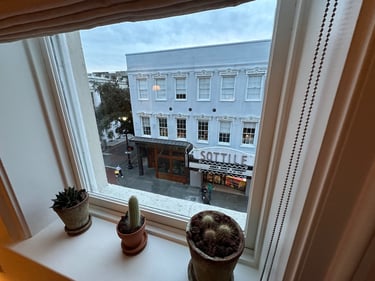
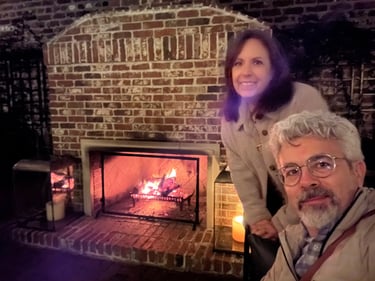
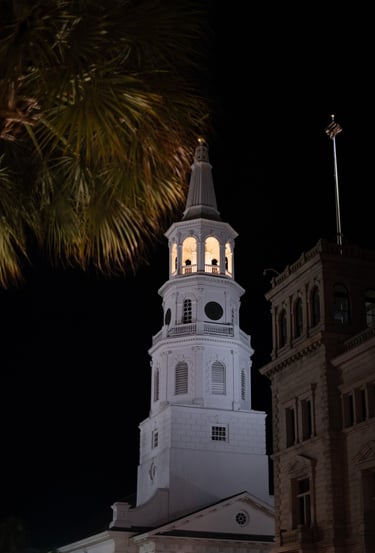
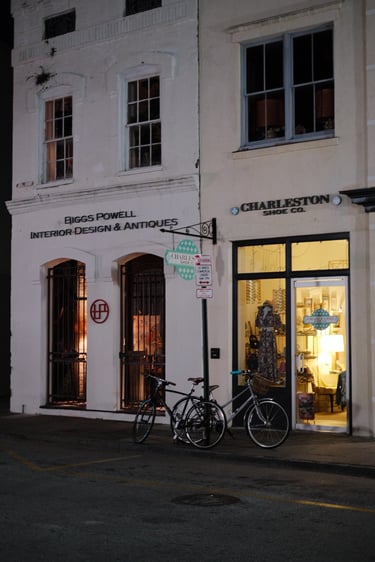
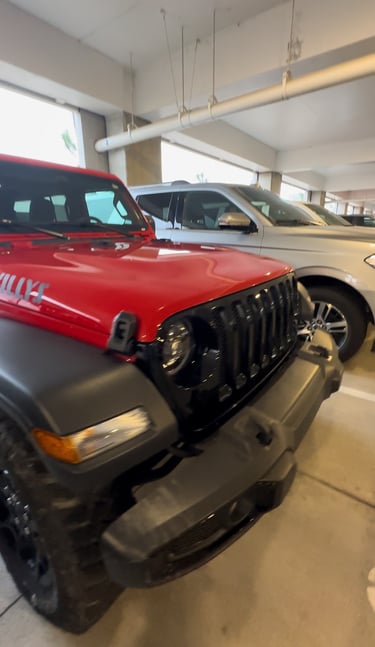








4:30AM wake up call but a smooth travel day all-in-all.
Settled into ‘The Pinch’ and went for a short walk around the hotel neighborhood, close to the College of Charleston. Don’t tell Bronco Nation about our rental rig!
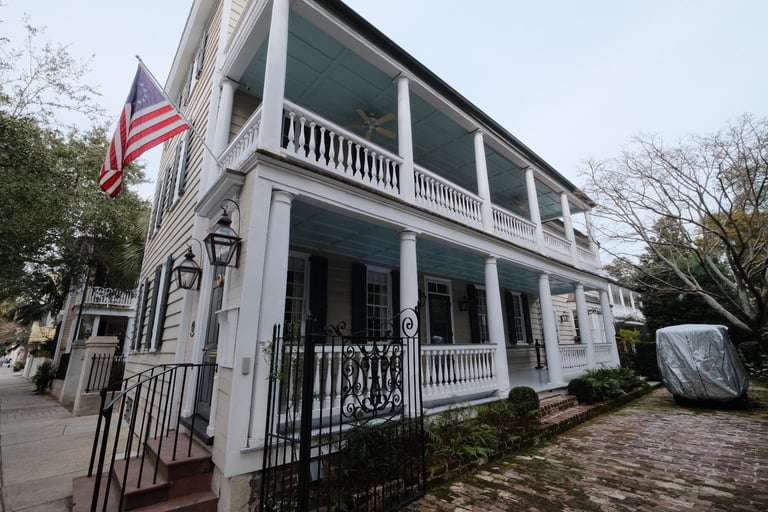

A brief Charleston architecture lesson…
This is a classical Charleston single house. Its narrow end faces the street and long porches called piazzas line one side. A double house would face the street broadside. Single houses would often have outbuildings called dependencies. Those outbuildings were detached for fire safety reasons and often included stables, kitchens and/or servant quarters. Later, many of those dependencies were attached to the main houses with an addition called a hyphen, often including a bay window. Lastly, many of the porches have ceilings painted in a color called haint blue, thought to protect from evil spirits in the Gullah culture.
The house in this picture has all these features if you look closely.
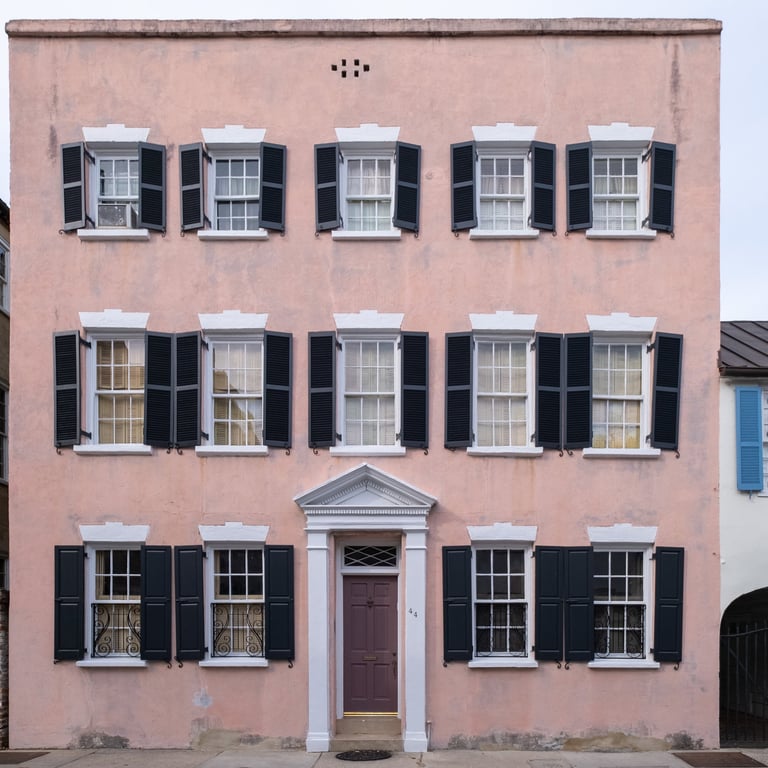

Double houses...
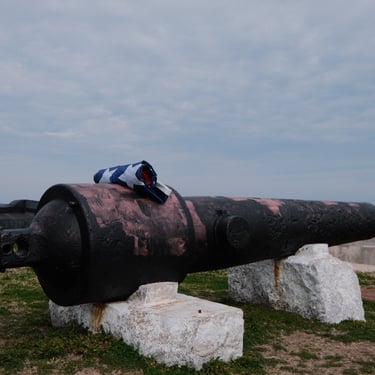
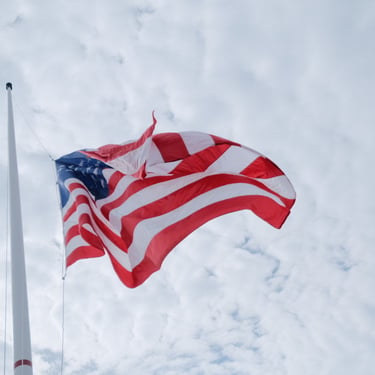
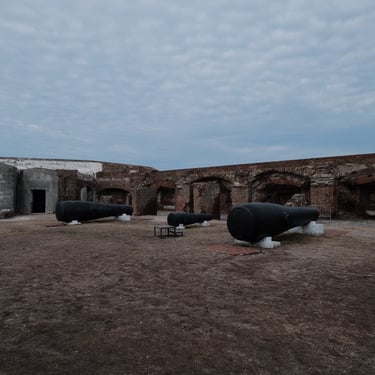
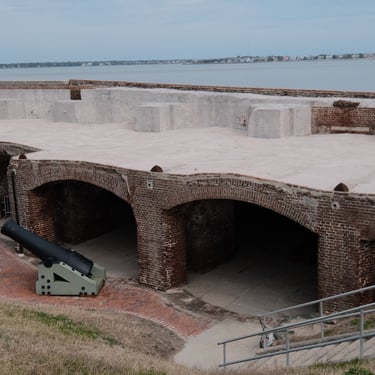
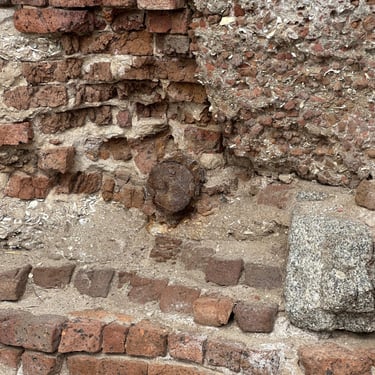
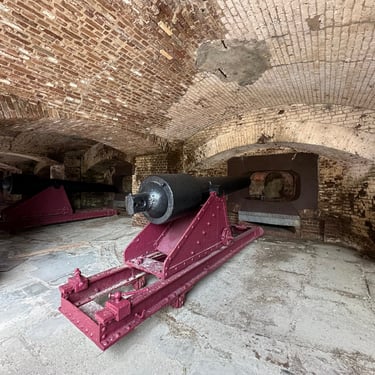
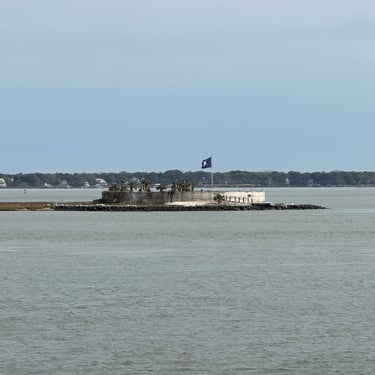
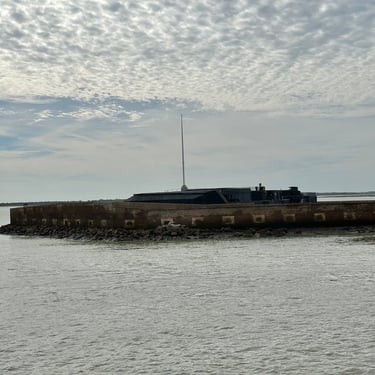
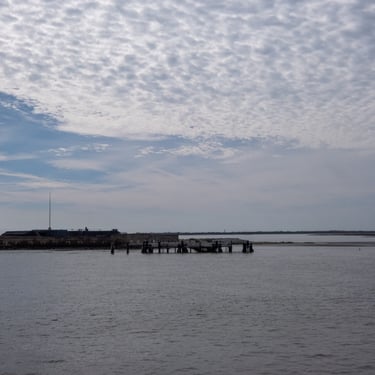
A visit to Fort Sumter is in order!
We were able to participate in the flag raising. The fort was built after the war of 1812 as part of the network of 47 US coastal forts designed to protect from a potential future attack from sea. US soldiers moved from Ft Moultrie to Ft Sumter as tensions increased prior to the civil war. South Carolinians took exception to the occupation of the fort and fired the first shots of the civil war from Ft Johnson toward Sumter in April 1861.
After the Union retreated from the fort it was occupied by local forces who endured years of blockade and bombardment. There are still shells lodged in the fort walls. With Sherman approaching Charleston South Carolina decided to abandon the fort rather than surrender it.
Castle Pinckney, another harbor fortification, is shown in the photos as well.
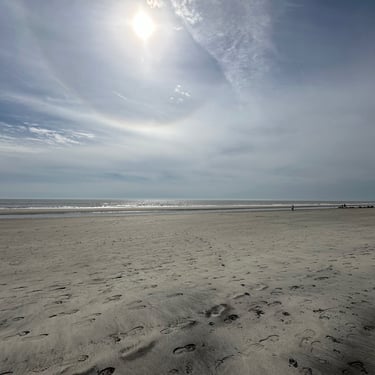
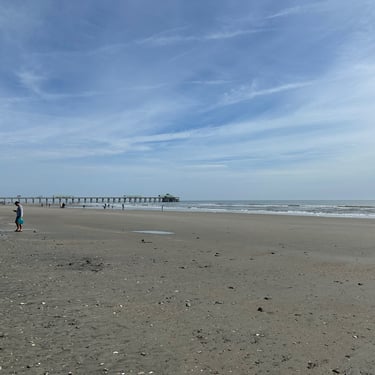
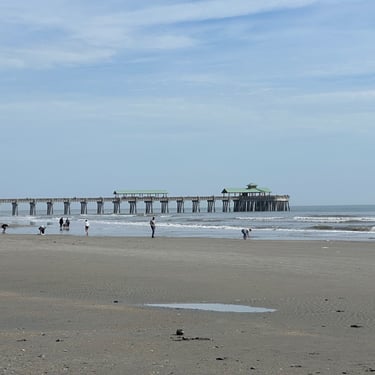
Quick stop at Folly Beach for a walk and lunch - Jack of Cups Saloon. Worth it.

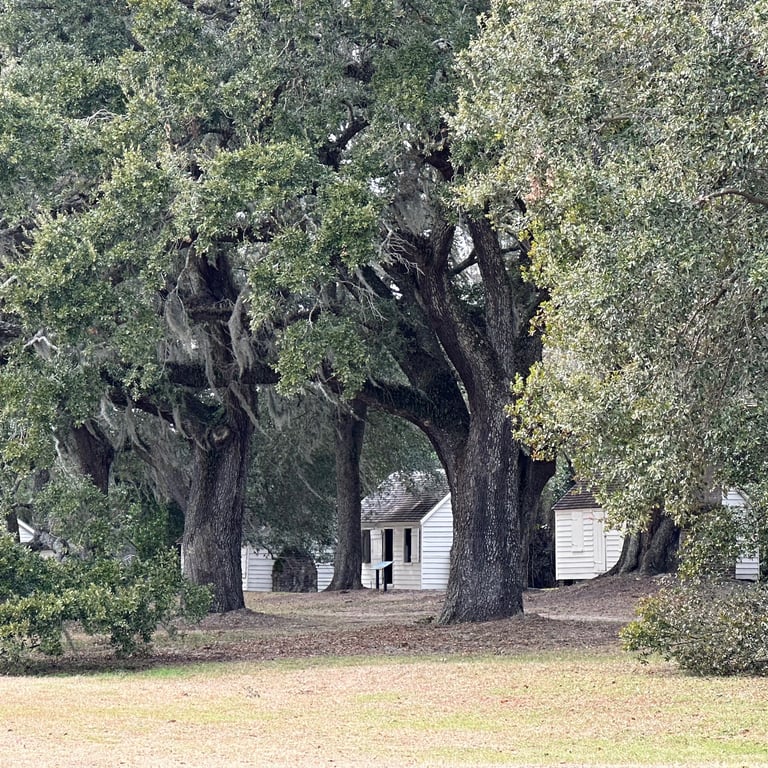
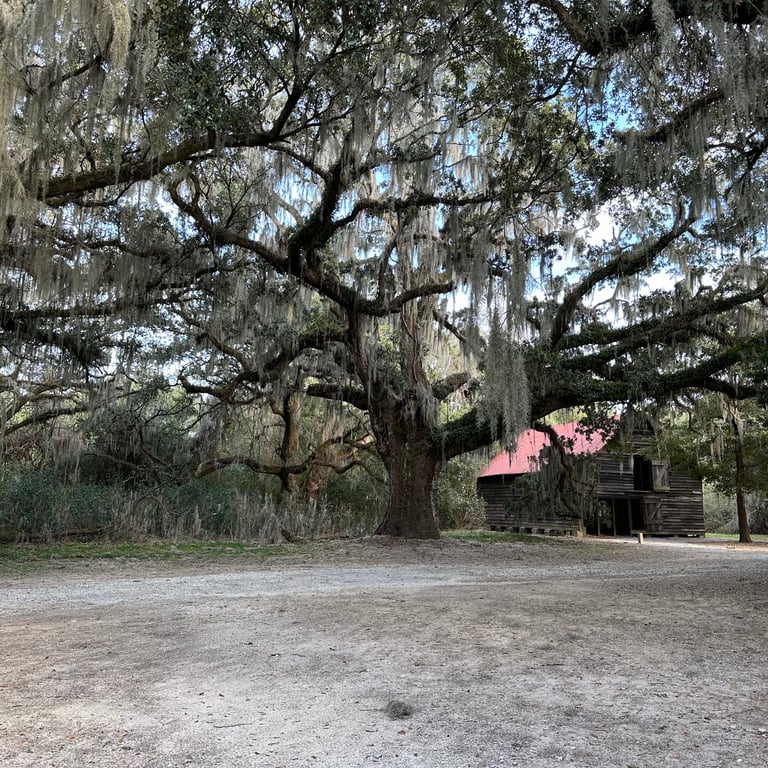
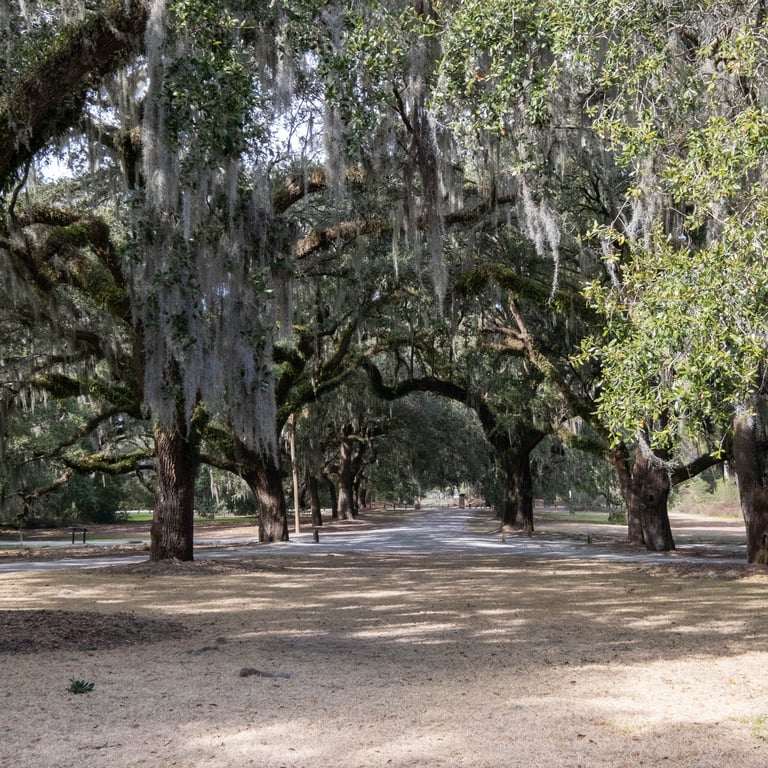
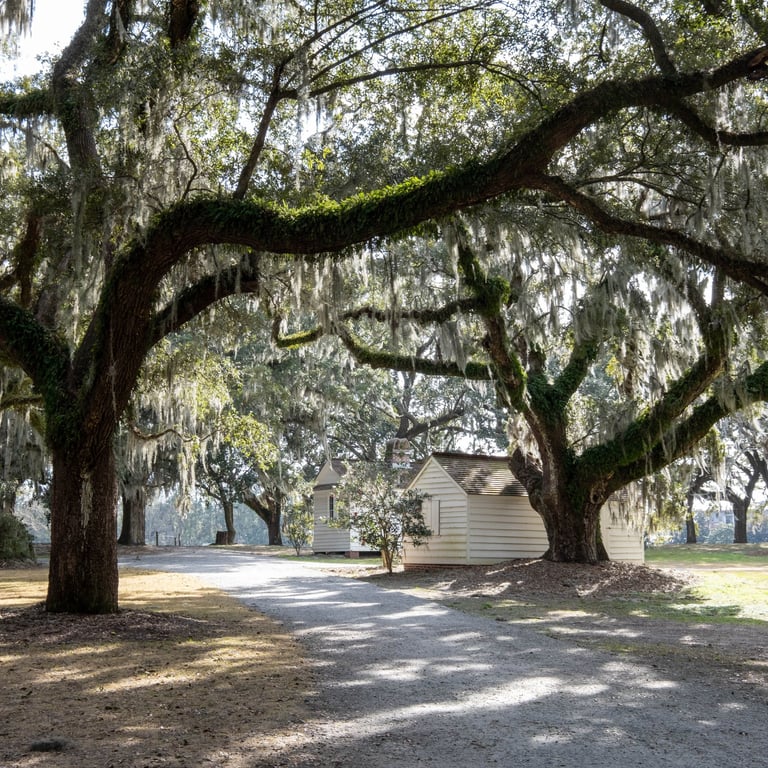
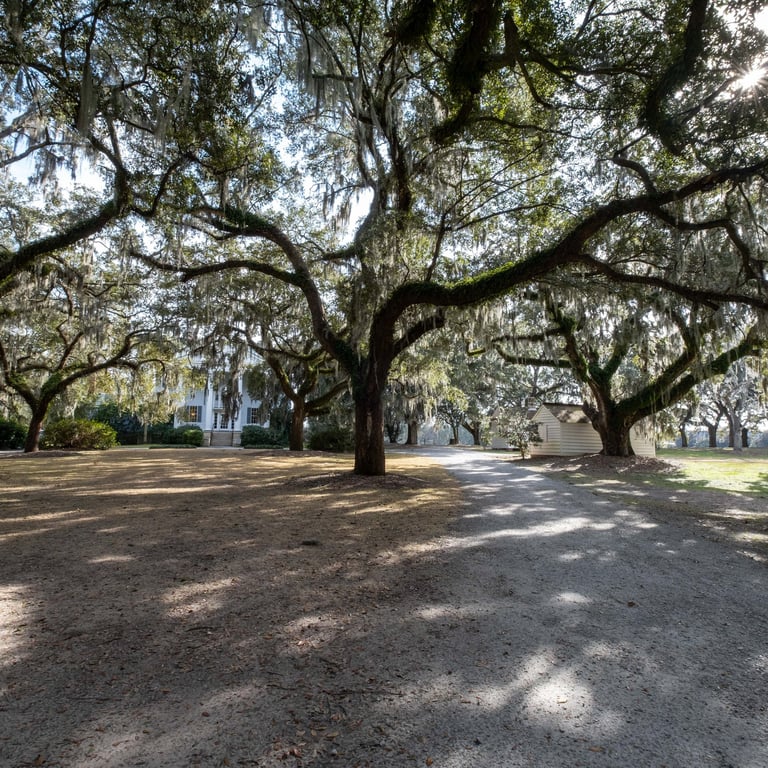
The McLeod plantation historical site. Owners, enslaved people, and descendants lived here into the 1990’s
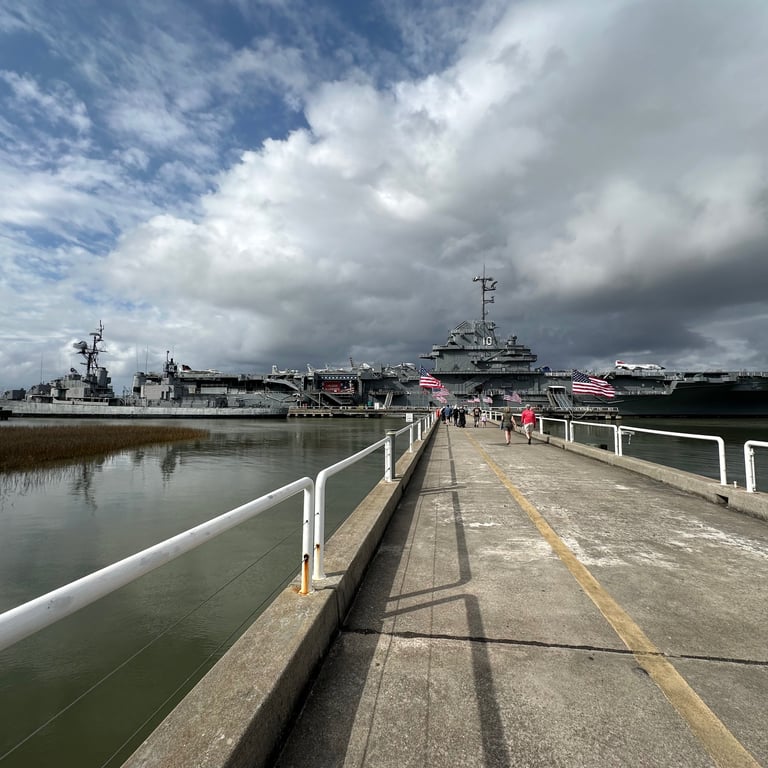
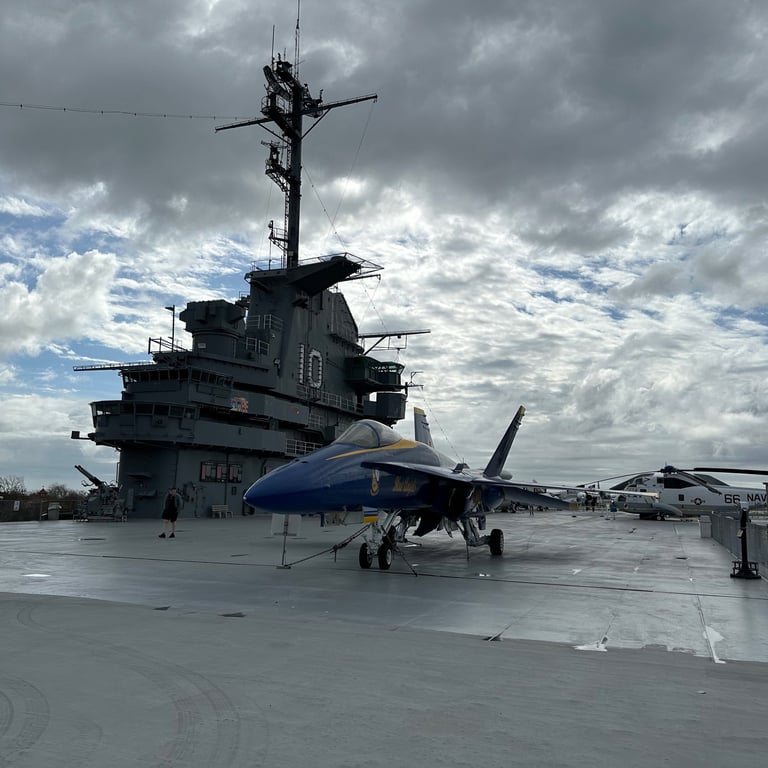
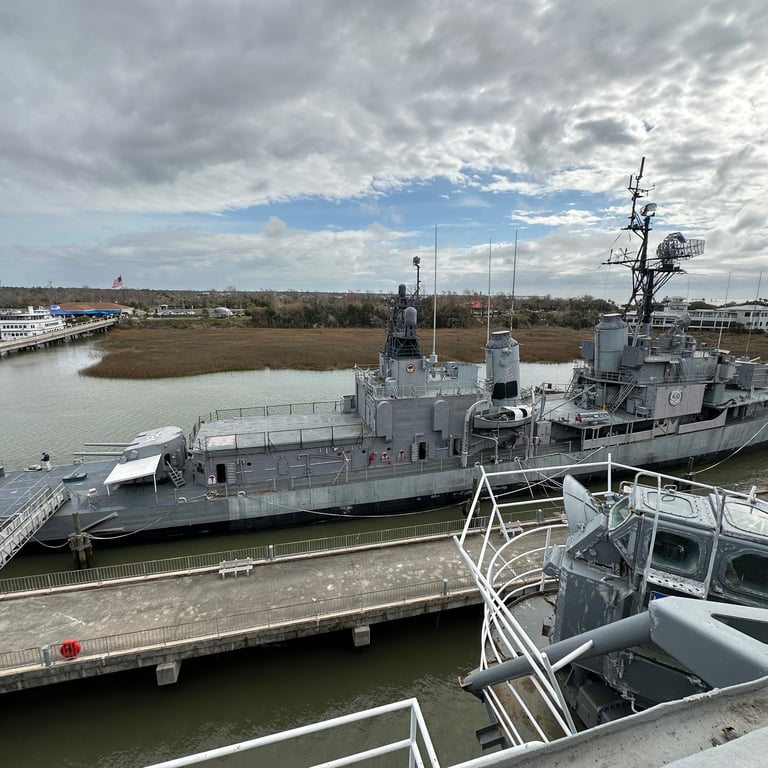
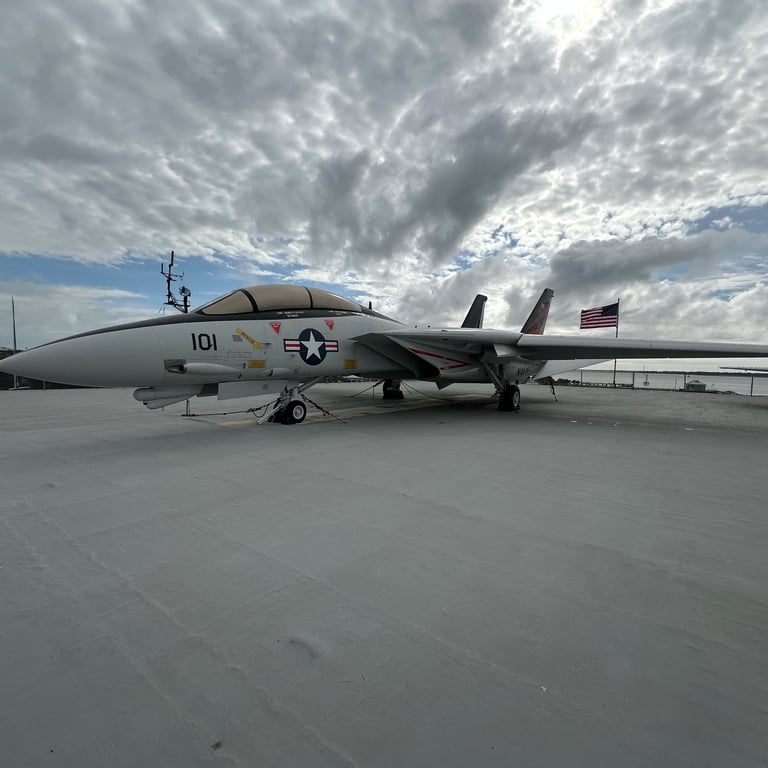
Paid a visit to Patriots Point and the USS Yorktown and USS Laffey.
The Yorktown was lost at Midway and the Laffey at Guadalcanal but new ships were given the names late in WW2 and both served into the Vietnam era. The Yorktown has a nice collection of ww2 naval aircraft and more modern electronic warfare platforms.
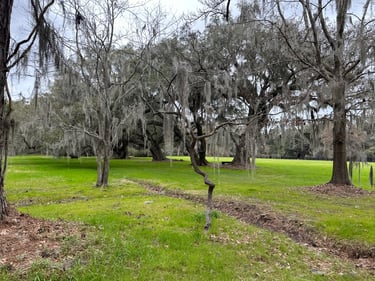
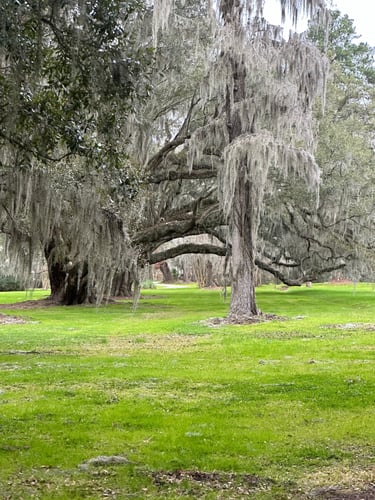
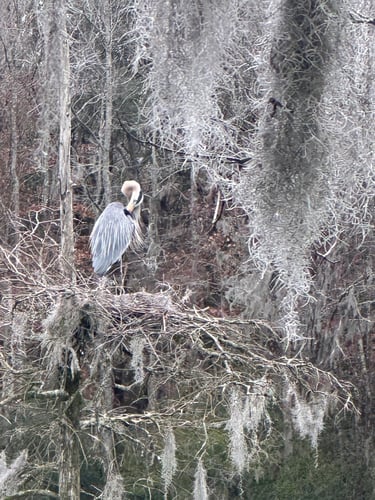
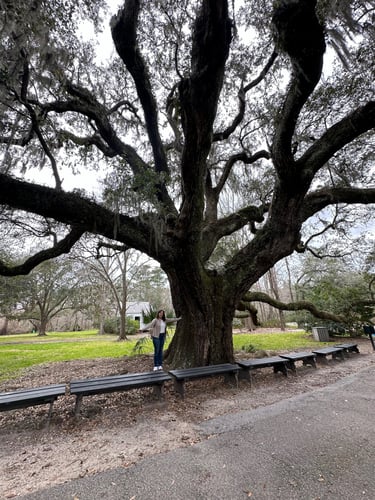
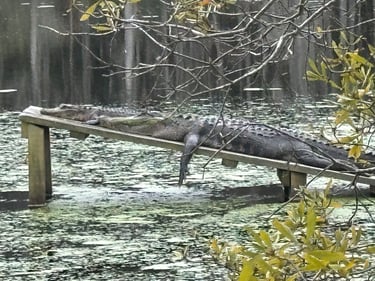







The Magnolia Plantation. Owned by the Drayton family. Dating from the late 1600s.
Unlike the McLeod plantation which grew sea island cotton near the mouth of the Ashley river, this plantation was up river and used the fresh river water to grow Carolina Gold rice - amidst the gators, turtles, and 36 species of snakes.
Letswego.net
Send a comment


